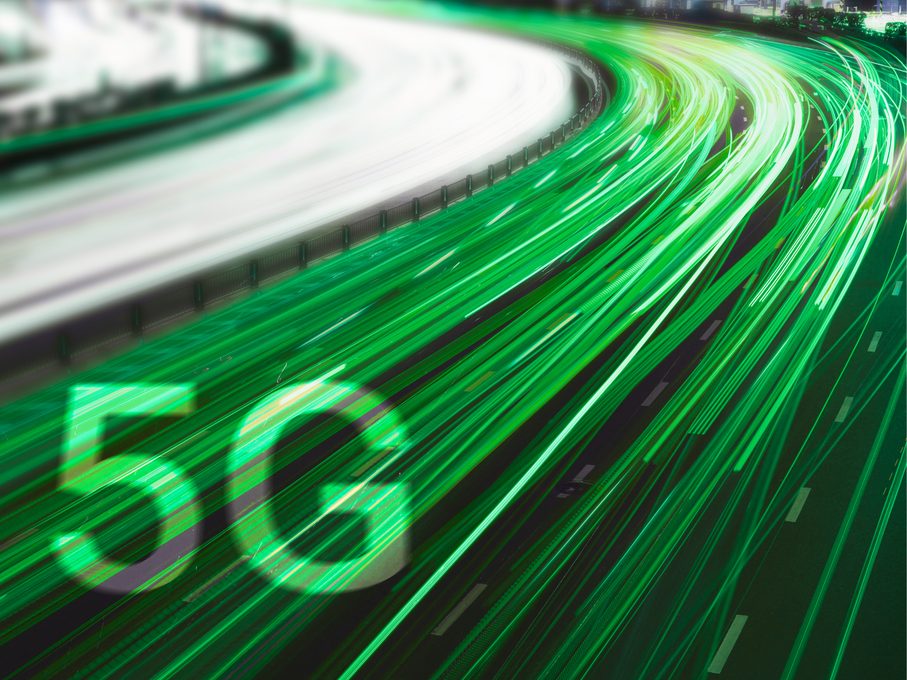
Why 400G Matters: Leveraging OSFP & QSFP-DD for Next-Gen Virtual Reality and 5G Applications
Posted by Pivotal Optics on May 17th 2024
The future of connectivity isn’t just faster — it’s richer, denser, and more immersive than ever before. Virtual Reality (VR) is evolving into ultra-high-definition, fully interactive environments. 5G is pushing data to devices with near-zero latency. Both technologies are data-hungry, low-latency, and require robust network infrastructures to deliver on their promise.
That’s where 400G optical networking — powered by OSFP and QSFP-DD form factors — changes the game.
400G: Meeting the Power and Density Demands
In both VR and 5G, performance isn’t just about speed — it’s about how much bandwidth can be delivered per rack unit, per watt. Modern environments demand:
-
High Port Density – To pack more capacity into existing rack space.
-
Efficient Power Usage – Lower watts per gigabit, reducing operational costs.
-
Interoperability & Scalability – Seamless upgrades as bandwidth needs increase.
400G technology delivers all three, making it a cornerstone for networks powering next-gen applications.
OSFP vs. QSFP-DD: Understanding the Difference
Both OSFP (Octal Small Form Factor Pluggable) and QSFP-DD (Quad Small Form Factor Pluggable – Double Density) support 400G speeds, but each is optimized for different deployment priorities:
OSFP (8 lanes @ 50G each)
-
Higher thermal capacity – Handles more heat dissipation, ideal for large-scale deployments.
-
Future scalability – Designed with 800G in mind, giving operators a longer upgrade path.
-
Slightly larger footprint – More space, but better airflow and cooling.
QSFP-DD (8 lanes @ 50G each)
-
Compact form factor – Same size as standard QSFP modules, maximizing backward compatibility.
-
Easier transition path – Works in existing QSFP cages with upgraded connectors.
-
Flexible deployment – Ideal for mixed environments still running 100G and 200G links.
Both are critical for enabling the high-capacity, low-latency backbone VR and 5G networks require.
The VR Impact: More Immersion, More Data
Next-gen VR environments — from enterprise training simulations to multiplayer metaverse experiences — demand:
-
High-resolution streaming to multiple users simultaneously.
-
Low-latency rendering to prevent motion sickness and maintain realism.
-
Scalable bandwidth for global delivery.
With 400G OSFP and QSFP-DD, data centers can deliver seamless VR experiences at scale, even as frame rates, resolution, and interactive complexity increase.
The 5G Impact: Dense, Distributed, and Demanding
5G’s architecture — especially for mmWave deployments — requires:
-
High-throughput fronthaul/backhaul connections between base stations and data centers.
-
Dense cell deployment to handle the shorter range of high-frequency signals.
-
Network slicing to allocate resources dynamically for different services.
400G transceivers give telecoms the density and efficiency to support massive device counts, ultra-reliable low latency communications (URLLC), and bandwidth-intensive services like 4K video streaming over 5G.
How Pivotal Optics Supports 400G Deployments
At Pivotal Optics, we provide high-performance OSFP and QSFP-DD transceivers designed for demanding, modern applications — without the OEM markup. Our solutions offer:
-
Up to 80% savings vs. OEM pricing
-
Full interoperability with leading networking platforms
-
Rigorous in-house testing in our U.S.-based lab
-
Roadmap support for future 800G migration
The bottom line:
400G isn’t just an upgrade — it’s the foundation for immersive VR experiences and high-capacity 5G deployments. With the right form factors and a partner who understands your needs, you can meet the density and power demands of tomorrow’s applications — at a price that works today.
